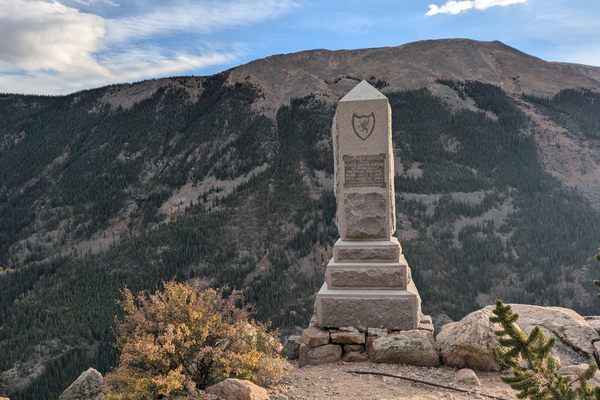About
A tall, slender white marble tombstone, topped with a Grecian urn, marks the final resting place of William Davis, a 37-year-old coal miner who lost his life during a protest outside a company-owned pumping station and power plant in 1925. His death would have repercussions that are still felt in coal-mining communities across the province of Nova Scotia.
Born in England in 1887, William Davis came from a coal mining family; he had even lost a brother in the 1891 Springhill mining disaster. He settled in the small Cape Breton town of New Waterford and married the daughter of another coal-mining family in 1907. By the year of his death, he had risen to the position of roadmaker in the Number 12 Colliery, and he and his wife Myrtle were raising nine children with one more on the way.
Meanwhile, a five-year-long period of labor unrest in the Cape Breton coal mines was coming to a head. The British Empire Steel Corporation (BESCO) took over management of the mines in 1920, and immediately launched a targeted campaign aimed at breaking the union, United Mine Workers of America District 26. By the time the miner’s contract expired in January of 1925, there had been 58 strikes in the region.
BESCO refused to negotiate a new contract with the union, and in June of that year, refused to go to arbitration to settle the contract dispute. The union moved to a 100 percent strike position, which lead to the shutdown of the Waterford Lake pumping station and power plant. This plant was crucial to BESCO’s operations since it provided power to all the mines in New Waterford, Victoria Mines, and Lingan.
On June 10, the company sent workers accompanied by company police to restart the plant. The next day, a crowd of anywhere between 700 to 3000 miners marched on the plant. Company police, who had already spent the evening of the tenth harassing the people of New Waterford, charged the crowd on horseback, weapons at the ready.
It is a matter of debate why Bill Davis was there in that crowd on June 11, 1925. Although it is most likely he was marching with the crowd, some say he was an innocent bystander, who either just happened along when the police charged the crowd, or was there looking for a family member who had skipped school to attend the march.
Whatever his reason for being there, a bullet found its way from the barrel of a company police gun to his heart; Bill Davis would die within five minutes.
About 5,000 mourners attended Davis’ funeral on Sunday, June 14. The union declared every June 11 after an “idle day,” to mark the anniversary of Davis’ murder.
Today, William Davis Miners’ Memorial Day is still observed every June 11 in coal-mining towns across Nova Scotia, to honor both Bill Davis, and all Nova Scotia coal miners who lost their lives while working deep underground.
Related Tags
Know Before You Go
Upon entering Union Grove Cemetery, turn right and follow the fence.
Published
July 28, 2022



























